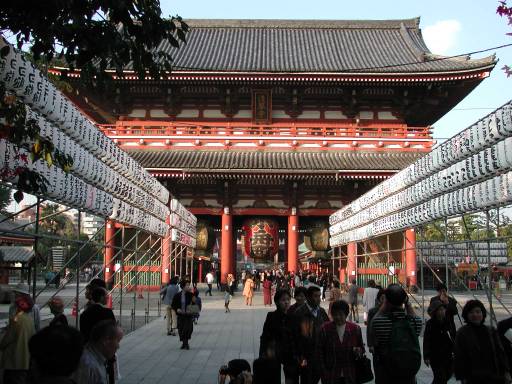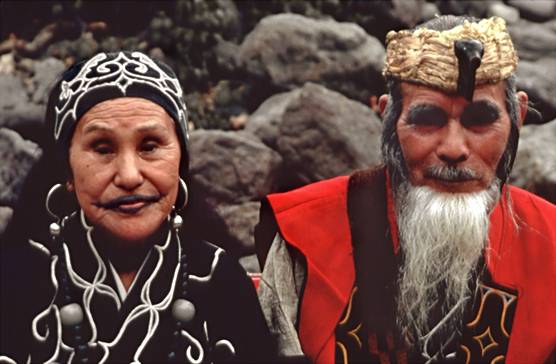Before jumping into the fun facts of Japan’s culture, we should first have an understanding of what ‘Culture’ is, let's take a look at the definition of 'Culture'.
It can be defined as “the whole complex of distinctive spiritual, material, intellectual and emotional features that characterize a community, society or social group. It includes not only arts and literature, but also modes of life, the fundamental rights of the human being, value systems, traditions and beliefs. Culture encompasses the living or the contemporary characteristics and values of a community as well as those that have survived from the past.” ICOMOS.
Got a grasp? Then let’s go!
The strong culture of Japan can be reflected in their outstanding manners that run from generation to generation. From the manners when eating to the manners when meeting people, the Japanese have great discipline over their manners and how they present themselves to others.
Let’s watch a brief video about Japanese manners.
Now let’s look at a few general everyday manners.
Starting off with one of the basics of manners: When making new acquaintances. In a business setup, it is a customary ritual for both parties to exchange business cards, and the receiving of the other party’s name card should be done with both hands as a sign of respect. Also, honorifics such as “-san” are always added to the person’s last name to show respect to the other individual, as seen when Sherwood and Mr Saito referred to each other with the honorific “-san” attached to the ends of their names.
Another common area that is rich in the Japanese manners would be when visiting others. When entering houses, it is absolute for visitors to remove their shoes and wear slippers meant for home use if provided. As seen from Sherwood’s demise, even foreigners are not forgiven if having committed this taboo.
Also, whilst not necessary, good manners call for guests to bring a small gift along when visiting another individual’s place. However, a point to note would be that gifts should be sensitive to not hurt the Japanese pride or face the consequences Sherwood did. Also, in accordance to Japanese superstition, one should never give gifts wrapped in black or in the numbers of four and nine as they carry negative meanings.
Although not mentioned in the video, or that perhaps Mr Saito made an exception for his foreign guest, good manners require one to say “O-jama-shimasu” when entering another’s house, and “O-jama-shimashita” when leaving. These phrases mean “Sorry for imposing” and “Sorry for having imposed” respectively and show respect to the host.
Also, whilst not necessary, good manners call for guests to bring a small gift along when visiting another individual’s place. However, a point to note would be that gifts should be sensitive to not hurt the Japanese pride or face the consequences Sherwood did. Also, in accordance to Japanese superstition, one should never give gifts wrapped in black or in the numbers of four and nine as they carry negative meanings.
Although not mentioned in the video, or that perhaps Mr Saito made an exception for his foreign guest, good manners require one to say “O-jama-shimasu” when entering another’s house, and “O-jama-shimashita” when leaving. These phrases mean “Sorry for imposing” and “Sorry for having imposed” respectively and show respect to the host.
Now, enter dining manners. Japanese food is definitely a delicacy enjoyed by people around the world, but other than sharing the same food, do people share the same manners? It is of bad manners to eat without saying “Itadakimasu” and to finish the meal without saying “Gochisou-sama Deshita” as this is part of their table manners; similar to saying the prayer, “Itadakimasu” is said to give thanks to the food on the table. Also, there are a myriad of etiquettes to abide to whilst dining. One must not stick the chopsticks into the rice vertically, as it is seen as a funeral offering and may earn you at the very least a couple of stares. Also, do not pierce food with chopsticks or waiver over the bowl whilst deciding which dish to eat as they are seen as rude at the dining table. Contrary to western dining etiquette and culture, it is perfectly acceptable to make a slurping sound when eating noodles or drinking soups.
World traveler Kevin tells says it's okay to slurp!
Slurping the noodles or soup in a Japanese context far from rude. In comparison to Western cultures, slurping the noodles or soup in Japan is a way to show respect to the chef as well as to declare that the food is delicious, thus the slurping sounds.
Ending off dining manners would be the drinking etiquette. It is a norm in Japan for one to pour the drink for another individual, and having the action reciprocated. Pouring drinks for another individual is seen as a sign of respect and acknowledgement of the other individual, and letting him reciprocate allows for mutual respect.
Reference:
Maciamo, Guide to Japanese manners and etiquette. Retrieved on 7th December 2010, from http://www.wa-pedia.com/culture/japanese_manners_etiquette.shtml
P. Tan (2009) Nihongo De Niko Niko. Singapore: Cengage Learning Asia Pte Ltd













